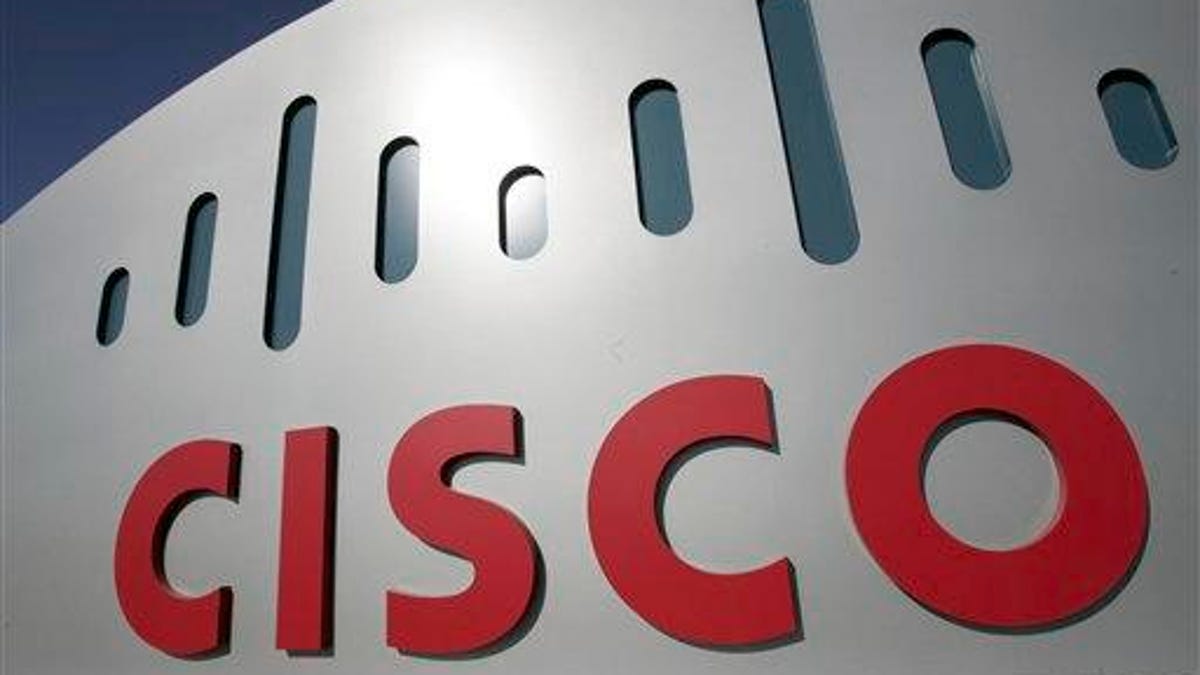Streaming video to outpace P2P traffic growth
Video traffic will soon account for more than 90 percent of all traffic on the Net, and for the first time ever, streaming video services will surpass peer-to-peer offerings.

Video is still the killer app of the Internet, but peer-to-peer services like BitTorrent will no longer account for the bulk of traffic on the Net as streaming services grow at a quicker pace over the next few years.
For 10 years, peer-to-peer traffic, such as BitTorrent, which includes some video, has been the largest type of traffic on the Internet. But according to Cisco Systems, streaming video will grow at a faster growth rate over the next few years. And starting this year, streaming video will account for more traffic on the Net than peer-to-peer traffic.
According to Cisco's annual Visual Networking Index Forecast, Internet traffic will grow more than fourfold by 2014, and video will account for much of that growth. In fact, Cisco predicts that in the next four years, more than 90 percent of all content traversing the Net will be some form of video, whether it's peer-to-peer or streamed from servers.
"It's not that peer-to-peer traffic is declining," said Doug Webster, senior director of worldwide service provider marketing for Cisco. "It's just growing at a slower rate compared to other types of video traffic. This could be because streamed video content is not so hard to find anymore. And because streaming preserves the quality of service, it's the method of choice for many commercial services."
The forecast, which looks at traffic projections for 2009 through 2014, predicts that global Internet traffic will increase to 767 exabytes by 2014, a fourfold increase. This amount is 100 exabytes higher than the projected level in 2013, which is the equivalent of 10 times all the traffic traversing IP networks in 2008. To put this growth into perspective, the nearly 64 exabytes of global IP traffic per month projected for 2014 is equivalent to 16 billion DVDs; 21 trillion MP3s; or 399 quadrillion text messages, Cisco said.
In total, Cisco said, video traffic will exceed 91 percent of all global IP traffic in the next four years. It would take more than two years to watch the amount of video that will cross global IP networks every second in 2014. And it would take 72 million years to watch all the video crossing the network in 2014, Cisco has said.
Faster home broadband connections and the growing popularity of high-definition TV and 3DTV are key drivers of this growth. In just a decade, the speed of home Internet connections around the world has increased 35 times. In 2000 the average residential Internet connection download speed was 127 kilobits per second. In 2010 the average Internet download speed is 4.4 megabits per second.
In addition to faster connections, consumers are also watching more high-definition and 3D video, which use more network resources. Cisco predicts that HDTV and 3D TV will increase 13 times between 2009 and 2014. In total, HDTV and 3D video will account for 42 percent of the video on the Internet by 2014.
Even though data traffic over fixed connections will continue to outpace data originating from mobile devices on the Net, global mobile data traffic will also increase. In fact, Cisco predicts it will increase 39 times from 2009 to 2014. And by 2014, the annual global mobile data traffic will reach 3.5 exabytes per month, which works out to a run rate of more than 42 exabytes annually.
The flood of network traffic is good for Cisco and other infrastructure companies, which make equipment that fuels this growth. Analysts and Internet experts have long predicted that video will be the killer app of the Internet over the next several years. Indeed, video of all stripes, whether it's streaming, corporate, consumer focused, or peer-to-peer will drive growth and demand for more infrastructure.

